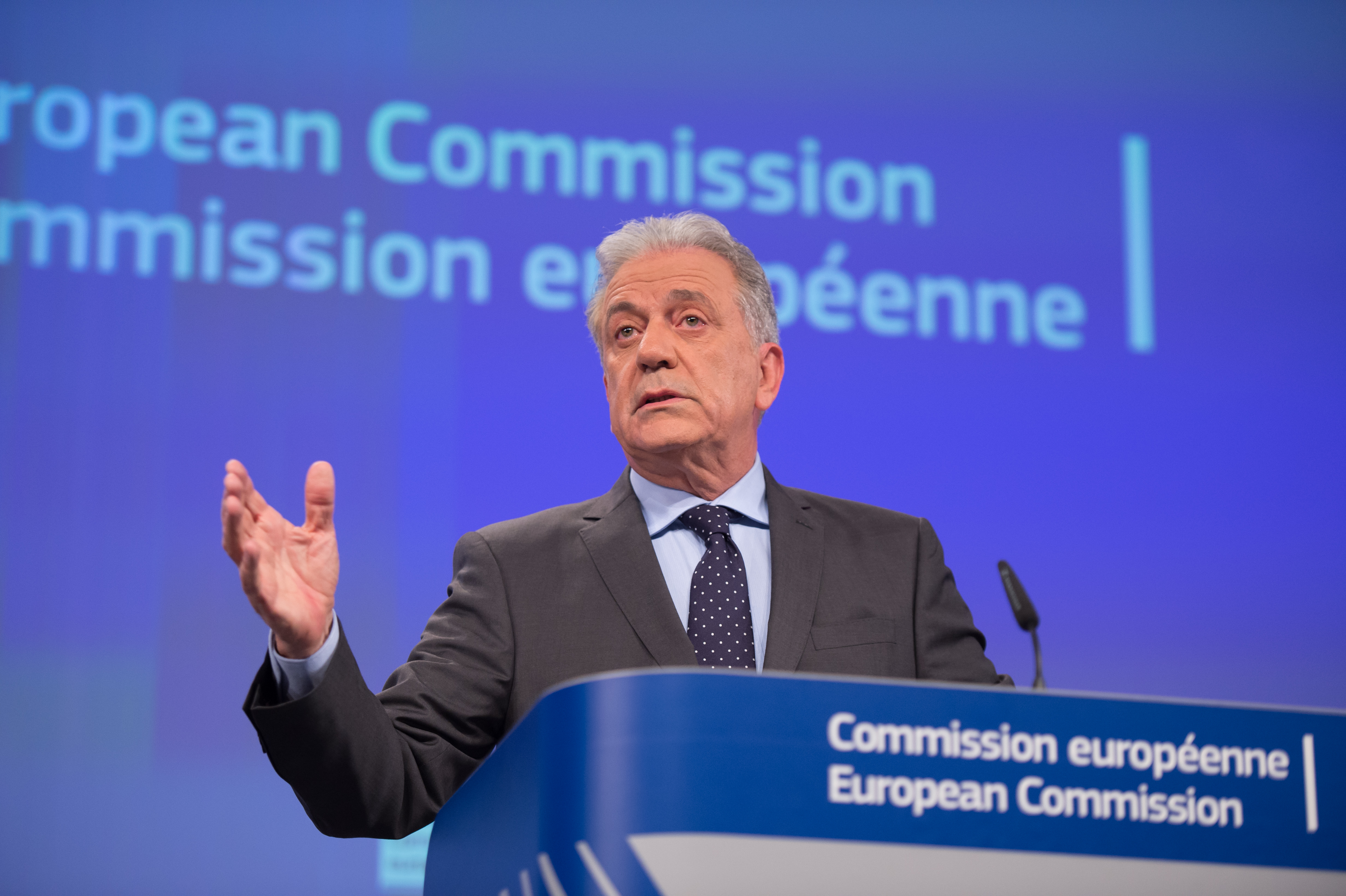The migratory tangle
The Executive has presented an overview of the emergency situation linked to growing inflows of refugees. According to Brussels the Member States are sidetracking their joint responsibilities. Thus Athens, Rome and the Balkans are left alone; Schengen teeters. The issue is adjourned to the summit of 18 to 19 February

“Getting back to an orderly management of flows is the most pressing priority today”, said Frans Timmermans, EU Commission Vice-President. “We need to step-up the implementation of the agreed European response that strikes the balance between responsibility and solidarity”, reiterated Dimitri Avramopoulos, Commissioner in charge of Migration. The Executive in Brussels returned to put the focus of Community policies on the refugee crisis, calling upon each of the Member States to “do their share.”
The EU has failed to deliver effective response. Ahead of the European Council of February 18-19,
The Commission drew a balance on the situation of migration flows, urging EU28 heads of Government and State to take and implement concrete measures.
Unceasing arrivals by sea and land continue at an increasing pace. People are fleeing from war, ISIS, hunger, environmental disasters, ethnic and religious persecutions. The Commission launched a cry of alarm: “the most severe refugee crisis since the Second World War, with over 60 million refugees or internally displaced people across the globe, requires a radical strengthening of the EU migration system and a coordinated European response.” Moreover, “there should be no illusions that the refugee crisis will end before its root causes are addressed in a definite manner”, which involve Africa’s social and economic development, and the political and democratic stabilization of the Middle East. The College of Commissioners started with the general picture, but then tackled the core issues: “We all agree on the need to address the situation – Avramopoulos said –, but we are still far from implementing the decisions adopted by mutual agreement”, and “in concrete terms we are inefficient.”
A wide range of actions. Response to the increasing inflows of refugees should follow different tracks, namely the completion of the “set-up hotspots in Greece and Italy” to ensure “full 100% coverage of identification and registration of migrants” arriving in Europe; stronger external border controls “by making operational the European Border and Coast Guard”; “a major acceleration of the agreed relocation scheme”; “a major stepping-up of all efforts to ensure effective returns of asylum seekers who don’t comply with the requirements”; implementing the EU-Turkey Joint Action Plan, that includes a three-billion package of aids for Syrian refugees. On February 10, while presenting a set of documents regarding the situation, Avramopoulos acknowledged: “some progress has been made on a range of issues”, such as “the fingerprinting of third country nationals, critical to the proper management of the asylum system.” The proportion of migrants whose fingerprints are included in the Eurodac database has risen in Greece from 8% in September 2015 to 78% in January 2016, and in Italy from 36% to 87% over the same period.
“There remains the case, however, that several deadlines have not been met and many commitments are still slow to be fulfilled.”
Greece in distress. Fingers pointed at Greece, Italy and the Balkans, viewed as the “weak spots” of EU’s migration response. Indeed, these regions are the most exposed to arrivals, while the countries of central, eastern and northern Europe – except for a few notable exceptions such as Germany and Sweden – continue to back away from interventions under the banner of European solidarity. As relates to Greece, the documents of the Commission state: “The rollout of the five hotspots identified in the Aegean islands (Lesvos, Chios, Samos, Leros and Kos) has been slow”. In the meantime, identification and registration “are taking place in temporary structures.” Once fully operational and equipped, the hotspots in Greece should reach a total fingerprinting capacity of around 11,000 persons per day. However, the relocation of 66,400 people in need of international protection from Greece, as agreed by the Member States, has started very slowly with only 218 relocations so far; and only 15 Member States have offered places to Greece for relocations, providing for only one thousand places. Now the Country has only three months time to come into compliance with the Schengen regulations.
Italy: slight progress. Italy’s situation is different but equally problematic. “The foreseen rollout of six identified hotspot areas by the Italian authorities (in Lampedusa, Pozzallo, Porto Empedocle/Villa Sikania, Trapani, Augusta and Taranto) has been slow.” For the Commission, “only two hotspots are fully operational (in Lampedusa and Pozzallo). However, these two hotspots “have reached a 100% fingerprinting rate for the most recent disembarkations” while “the proportion of migrants fingerprinted has risen markedly from 36% in September 2015 to 87% in January 2016. Moreover, the rest of Europe “owes” Italy: it had been promised 39,600 relocations in two years, but 279 applicants have been relocated to date. Italy has carried out over 14,000 forced returns of persons with no right to asylum in 2015, In el 2015, but for the Commissions “this remains insufficient in the context of over 160,000 arrivals in 2015.”